These days, almost everyone in the world – from a 5-year-old to a senior citizen – has some mobile gadget, be it a smartphone or a tablet. No wonder that development companies are harnessing the full potential of mobile gaming, presenting more and more games both for Android and iOS users. Experts predict that in the short run, the market capacity for the game niche will reach more than $108.9 billion, with mobile games crossing the $46 billion mark by the end of 2017. More and more college grads want to kick-start their career in this popular industry, while companies hunt creative minds to streamline their products and services. There is one thing in this lifecycle that can help both sides achieve their goals, and this is an established development pipeline. Like any other, mobile game development process might be a challenging task if the procedure is disorganized and incoherent. So, if you are planning to take advantage of this growing market, Game-Ace introduces a simple process framework that could help you shape your mobile game.
Who, Where, How: Game Concept
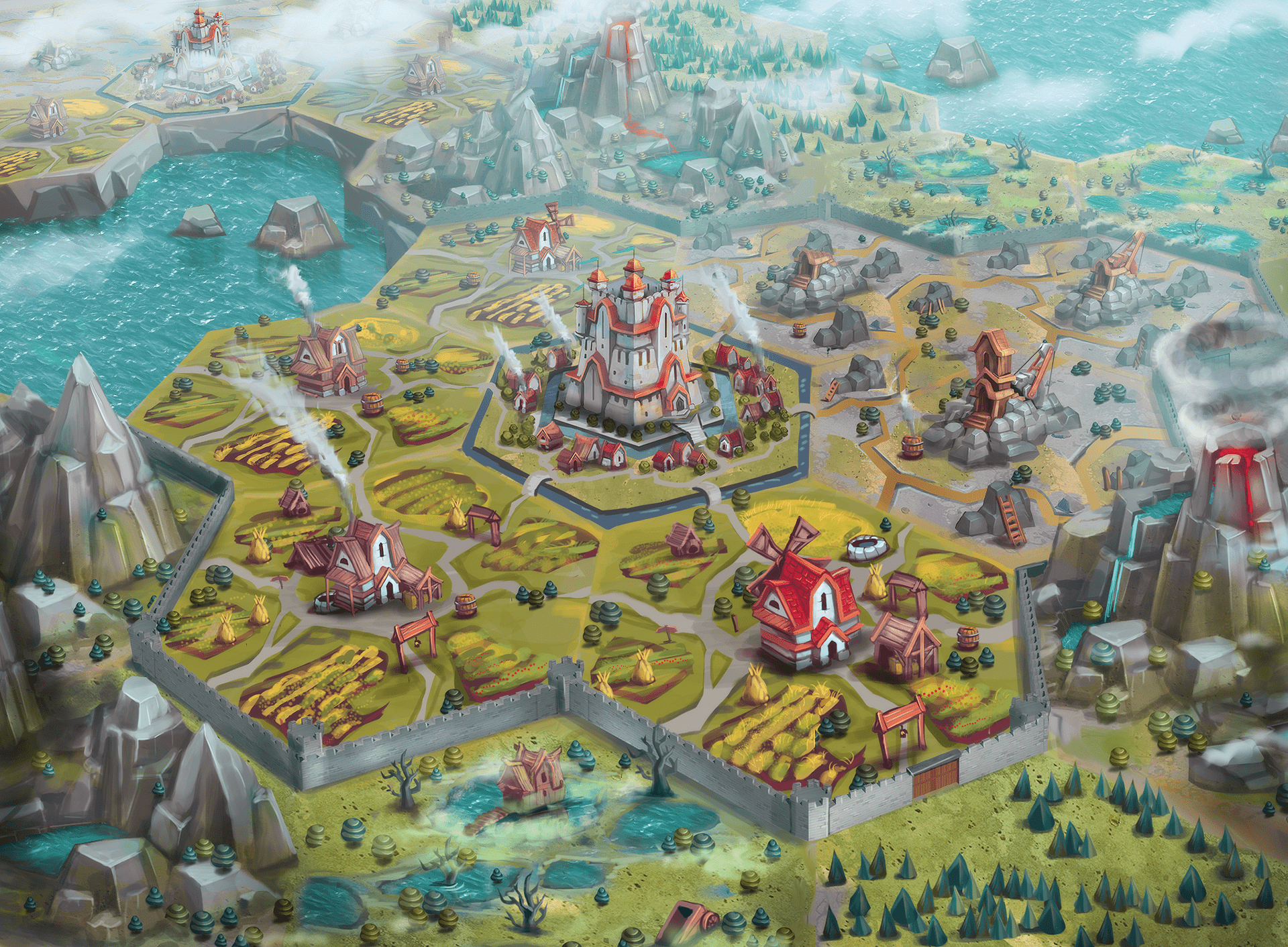
Actions or racing, strategies or RPGs – they all start with a great idea, so the first thing to decide upon is on what game type you want to bet on. This is the time to juggle ideas you have in mind before you narrow down to a few that will end up on paper. Whether you are trying to create a game from scratch or continuing the existing series, there must be a clear concept behind it before you start looking for developers to hire. For instance, the game idea could revolve around managing sports games or defeating the villains in the MMO, etc.
One of the most popular and hyped trends nowadays is the development of games with NFTs. Games with NFT art, assets, and functionality open the door for greater profits both by players and developers, and should certainly be considered as a way to augment your project. If you go this route, it will be helpful to enlist the help of a professional NFT game development company.
At the end of this stage, all your ideas will be put together and form: game mechanics, setting, user stories, technologies to use, and interaction with the game. The game mechanics will help you define the set of methods to allow a user to interact with the game. In other words, it gives you the gameplay. In the setting, there will be two vital things to consider: the storyline and game aesthetics. The latter one is about the look of the game, and the storyline is a plot of the game. User stories describe the type of gamers you want to attract in your game and why. The next important factor is the technologies that are necessary to deliver your gaming experience though chosen platforms. Interaction simply defines the way a gamer will interact with a game.
Shaping the Mobile Game: Pre-Production

Once a project has been given the green light and the concept of mobile game is defined, the pre-production stage formally begins. It is usually about getting the team of game producers, designers, modelers, and developers together to write the storyline, create the storyboard, design the characters, make the game mechanics more smooth, etc.
So, basically, at the pre-production stage where you build up the foundation of your future game, the collaborative effort between the lead game designer, developers, 2D and 3D artists results in the solid game outline. Together, they craft powerful graphics by connecting the game storyline to game mechanics and, thus, give birth to the first working prototype with a limited functionality. Once this prototype sees the light, the team first tests it on the applicability and then moves from the pre-production to production phase where the real game development joins the run.
The “Actual” Work: Production
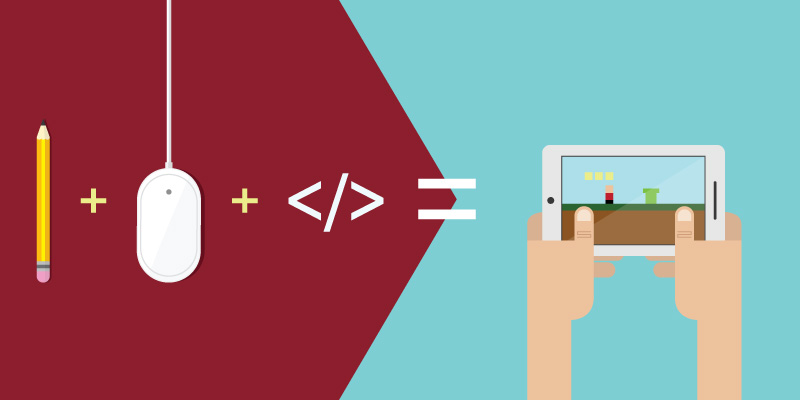
At this stage, the designers, programmers, and artists utilize the previously-created game prototype to develop a fully-featured mobile game. The team of people working on a game significantly will now involve even more mobile developers, 2D and 3D artists, producers, and game designers. Here, your future mobile game will be shaped using different programming languages and game engines, for instance, with the help of Unity or Unreal Engine.
At the production stage, artists and modelers are mainly focused on game environments, main and supporting characters, and various game assets, while programmers write new source code and polish the game mechanics. Sometimes during this stage, developers change the main game engine if the prototype does not work as expected. Their choice is determined by graphics capacities, the coding environment, and game requirements. It is not always a bad thing; however, the choice is necessary to make if things are not going the way they should.
Phew, Almost There: Post-Production
The end of the mobile game development journey is all about testing, making last-minute changes, and preparing for the release. The identification of the issue logs and bugs in the initial (alpha) version is what the post-production phase is mainly for.
The QAs spend many hours playing the game and looking for bugs. Later on, the testing team passes the findings on to programmers who then perform bug fixing and implement the necessary changes so that the end-user can enjoy a smooth gaming experience.
This stage is also for editing the final picture, adding a soundtrack and voiceover, adding or deleting visual special effects (VFX), creating game descriptions, preparing PR activities, and other actions aimed at making the mobile game ready for publishing.
Here’s an example of the promo video for a video game:
By the way, we made it here at Game-Ace.
Hooray! We Did It: Game Release/Publishing
This is the stage when the major fixes are done and the game is ready to be shipped or published. The team uncorks a bottle of champagne and quickly presses the button “Submit for Review” to get it done. After the game goes gold and ships, the cycle is mainly repeated again, but this time, the team brainstorms not to design a game from scratch, but figure out how to make an existing game better.
Rely on Game-Ace
We know that for some businesses this process may seem highly complicated, but Game-Ace faces these development challenges every day since the studio’s founding. And our mission is to not only help businesses bring their mobile games to life, but also make them a commercial success. We provide mobile game development services as well as game art design and game porting. So, if you are looking for a professional creative studio to delegate you development challenges, Game-Ace has a flexible and proficient team to fit any of your needs and requirements.
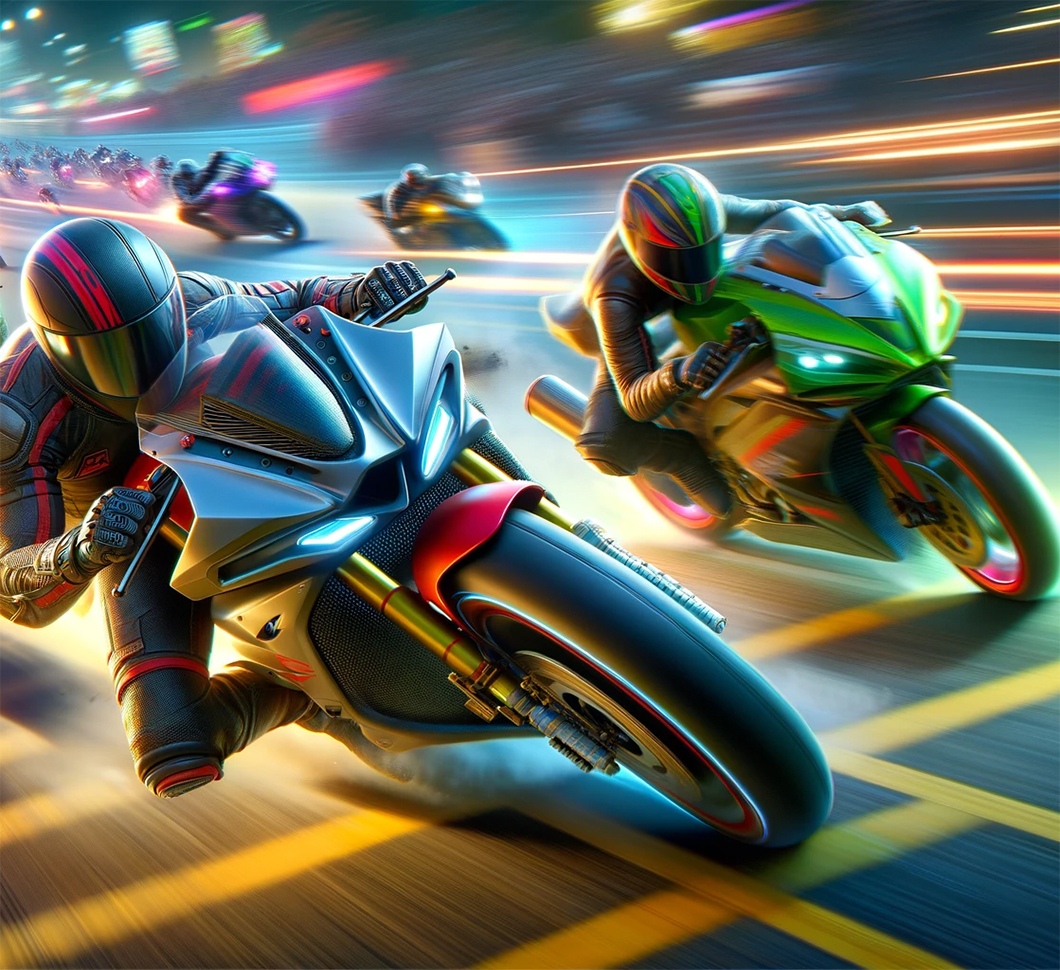 Rapid Game Development: Unleashing Creativity with Speed and Precision
Rapid Game Development: Unleashing Creativity with Speed and Precision 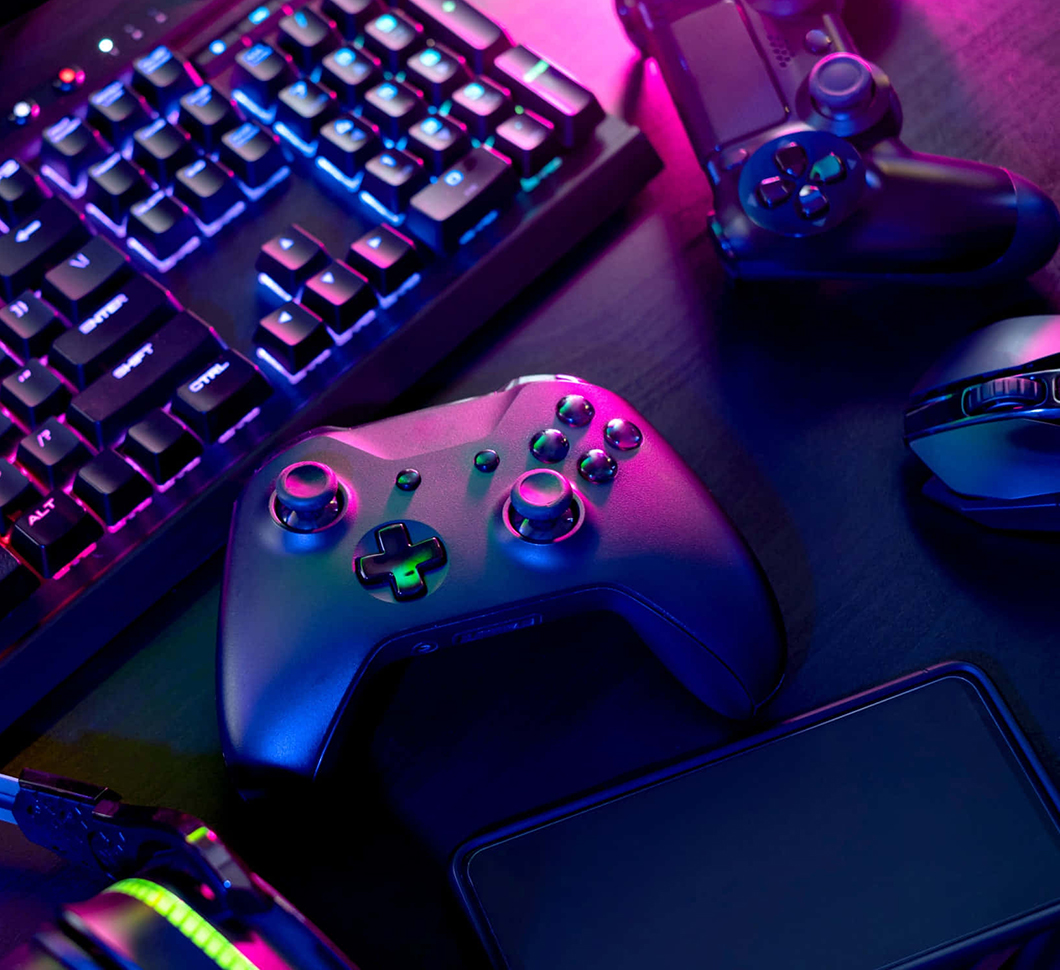 The Quest for Excellence: Unveiling the Best Gaming Platforms of Today
The Quest for Excellence: Unveiling the Best Gaming Platforms of Today  What Is The Best Way To Make Educational Games?
What Is The Best Way To Make Educational Games?  How Much Does It Cost to Make a Video Game in Real-World Conditions?
How Much Does It Cost to Make a Video Game in Real-World Conditions? 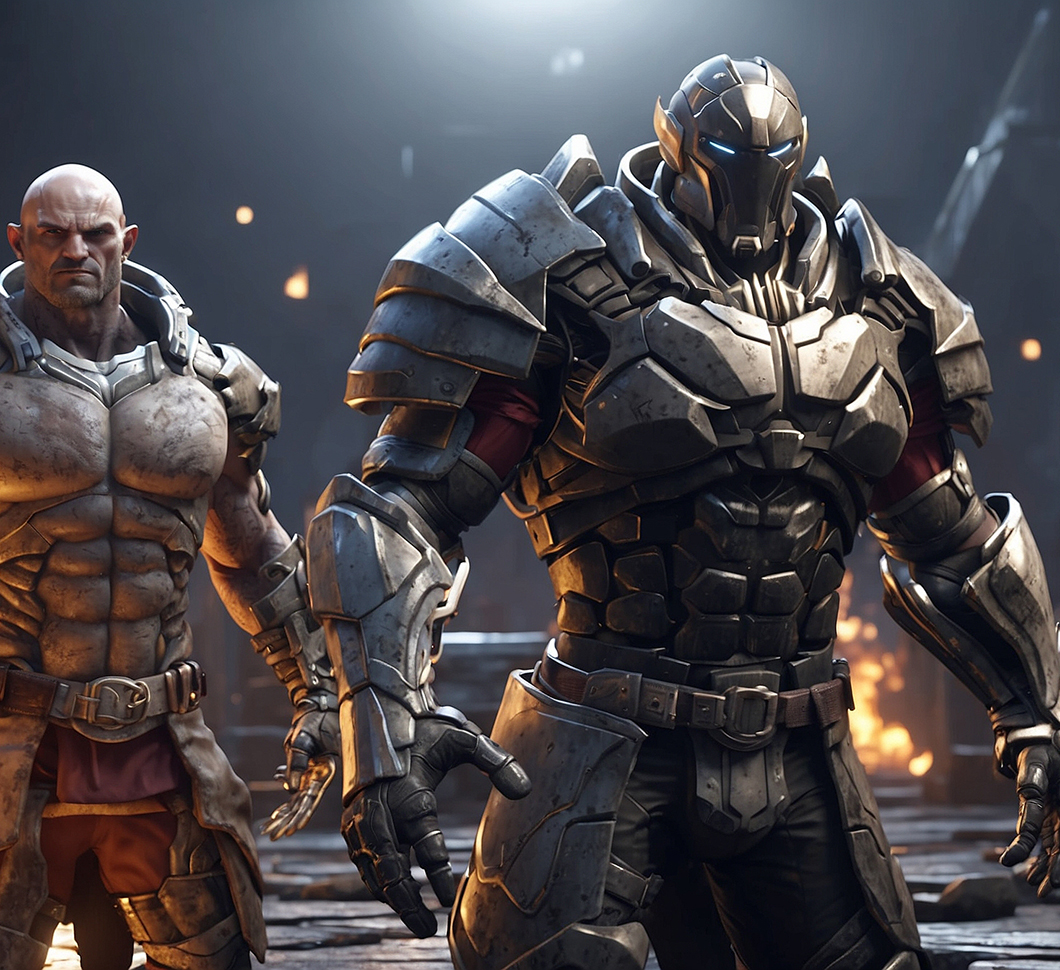 Top 15 Best Game Studios for Fruitful Cooperation
Top 15 Best Game Studios for Fruitful Cooperation 







